Deerfield Embroidery
By Adeline Panamaroff
Adeline, a freelance writer/proofreader, located in Edmonton, Alberta can be contacted at www.adelinepanamaroff.com for writing and marketing requests.
Modern Deerfield stitching / Designed & worked by Deb Richardson / reprinted with pemission
History: Deerfield embroidery is an offshoot of crewel wool embroidery. In 1896 C.E., Margaret Whiting and Ellen Miller formed the Deerfield Society of Blue and White Needlework after having unearthed surviving fragments of wool worked crewel stitching from their local Massachusetts museum that dated back to the 1700s. These two women felt inspired to learn the stitches and techniques preserved in these textile artifacts, in order to replicate the designs and to pass on the stitches from the past.
Margaret and Ellen first learned that dyed wool was very difficult to have shipped into Deerfield, Massachusetts, and second, that moths were a continual problem for wool clothing in general. For this reason, they choose to use linen backing fabric, with linen threads, all of which were locally produced. Dying materials were also limited to what was locally available. These were indigo plants for blues, natural whites from undried flax, and browns from tree bark. The wider variety of cloth dyes that were commercially available did not take well to linen and faded very quickly in the sun.
Since all the materials used for Deerfield stitching were locally produced, and very labour intensive to make, a culture of thread economy developed in the stitches. While crewel embroidery used vast amounts of wool yarn to cover large spaces within the designs, Deerfield stitchers learned how to use less thread to cover the same amount of space. This was achieved through lighter stitches that allowed the backing fabric to show through, and stitching techniques that used little thread on the underside of the piece.
New stitches were invented to suit this economy of thread, such as the New England Laidwork, and trellis stitch. More common stitches that had been used in crewel work, like chain, herringbone, feather, running and buttonhole continued to be used in Deerfield, but statin stitch, which used large amounts of thread to fill areas of designs with color was abandoned.
The Deerfield Society of Blue and White Needlework had high standards of workmanship. A piece was inspected before it got a physical seal of approval applied to it. Due to changing economic conditions and cultural tastes in needlework this society had to close its doors after World War One.
Technique: As with crewel embroidery, Deerfield stitching uses many different stitches to fill in a design that is stamped or drawn on a backing fabric. The absence of satin stitch, in favor of lighter thread saving stitches such as New England Laidwork, button hole and trellis stitch is one of the defining features of Deerfield. Also, the exclusive use of linen cloth and flax thread in monochrome blues or browns are what gives this technique its unique flavor. Other common stitches used included chain, running, herringbone, blanket and coral stitch, but many more are used as well.
The motifs used in Deerfield have their roots in crewel work, mostly floral and leaf designs, with long vines that curl and wind through empty spaces in the pattern. These designs were worked on household items like aprons, hand towels, table cloths, curtains, and bedspreads, much like how crewel work was used on items of upholstery.
Innovation: Deerfield embroidery has not undergone many changes over the last century. The designs have remained floral in nature and the spirit of thread economy has stayed a strong founding philosophy over the decades.
There is a small revival of this stitching art, mainly through needle guilds and speciality workshops. It is through these outlets that Deerfield stitching remains active and alive in the world of embroidery today.
Here is an example of modern Deerfield stitching designed and worked by Deb Richardson, a member of the Embroiderers’ Guild of South Australia.
References and Further Reading:
Broderie Stitch “Deerfield Embroidery – A look at the Stitches”
Embroiderers’ Guild of Western Australia “Deerfield Embroidery”
Note: The links above lead to external content. ENG is not responsible for the content of external sites.
